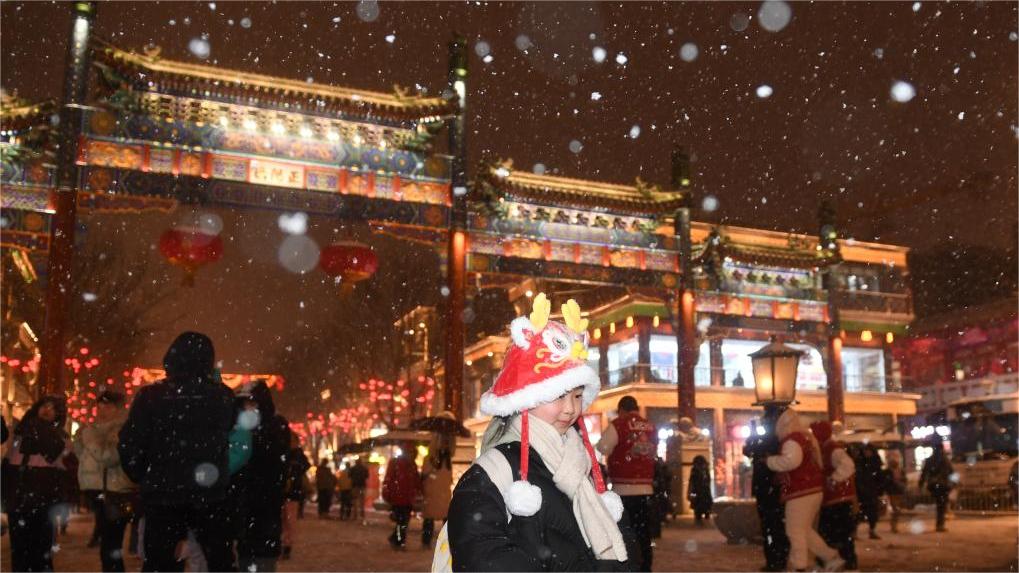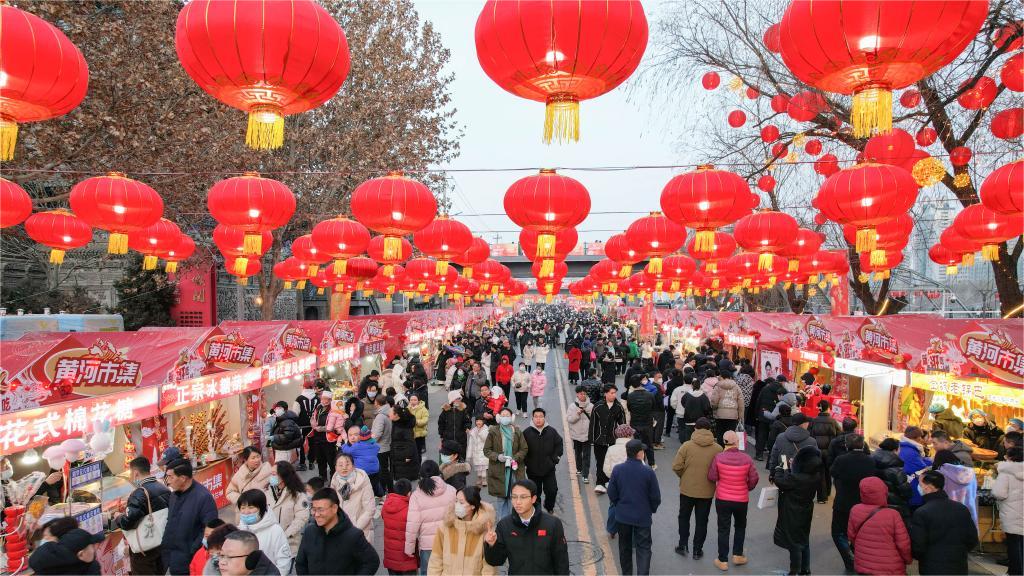Better roads facilitate homeward travel during Spring Festival travel rush
Some 9 billion passenger trips are expected during the Spring Festival travel rush (Jan. 26-March 5) in 2024, with an estimated 1.8 billion handled via railways, highways, airplanes and ships, and the remaining 80 percent being road trips, according to China's Ministry of Transport.
Last year, the total mileage of newly-constructed high-speed railways in China surpassed 1,700 kilometers. Over 7,000 km of expressways were newly constructed or upgraded, and over 160,000 km of rural roads were newly built or upgraded.
It is these roads that have made people's homeward travel smoother, safer and more comfortable, and have made the Spring Festival travel rush vibrant.
"During previous Spring Festival family reunions, I used to take a high-speed train for over six hours and then a bus for over two hours," said Yang, a woman from Jingdezhen city in east China's Jiangxi Province, who has been working in Beijing for over 10 years.
The long and tiring journeys during the Spring Festival travel rush have been a source of frustration for Yang, especially since becoming a mother.
"I have always wished for a high-speed railway to be constructed in my hometown," Yang expressed.
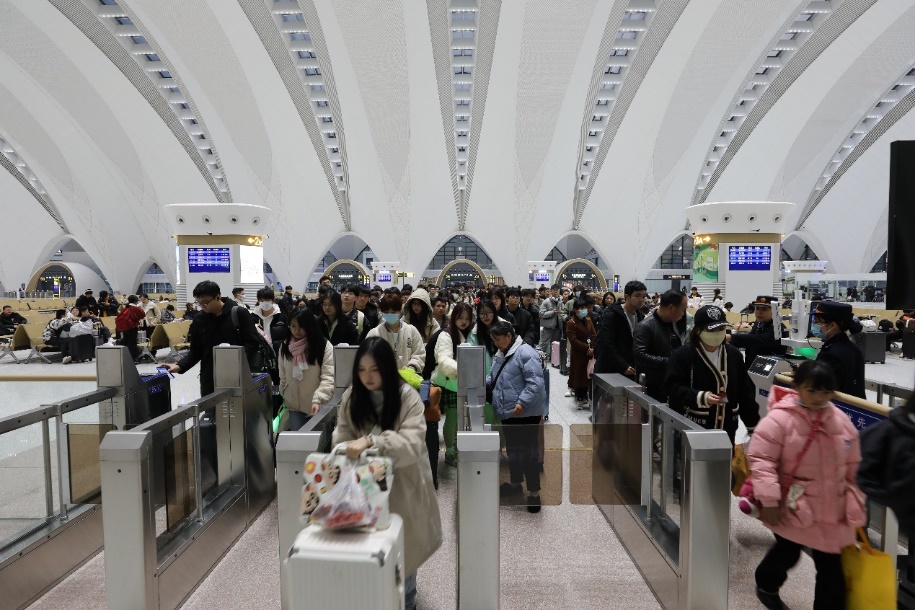
Passengers wait to have their tickets checked at Nanchang East Railway Station in Nanchang, east China's Jiangxi Province. (Photo/Ni Shuxun)
On Dec. 27, 2023, the Huangshan-Nanchang section of the Hangzhou-Nanchang high-speed railway went into operation, linking four counties and Jingdezhen city in Jiangxi. The inauguration of the railway marked the end of an era without high-speed railways in these places.
"I have waited for years, and my dream has finally come true," exclaimed Yang. This year, during the Spring Festival travel rush, Yang was able to return home for a family reunion via the high-speed railway, arriving at her destination as soon as she stepped off the train.
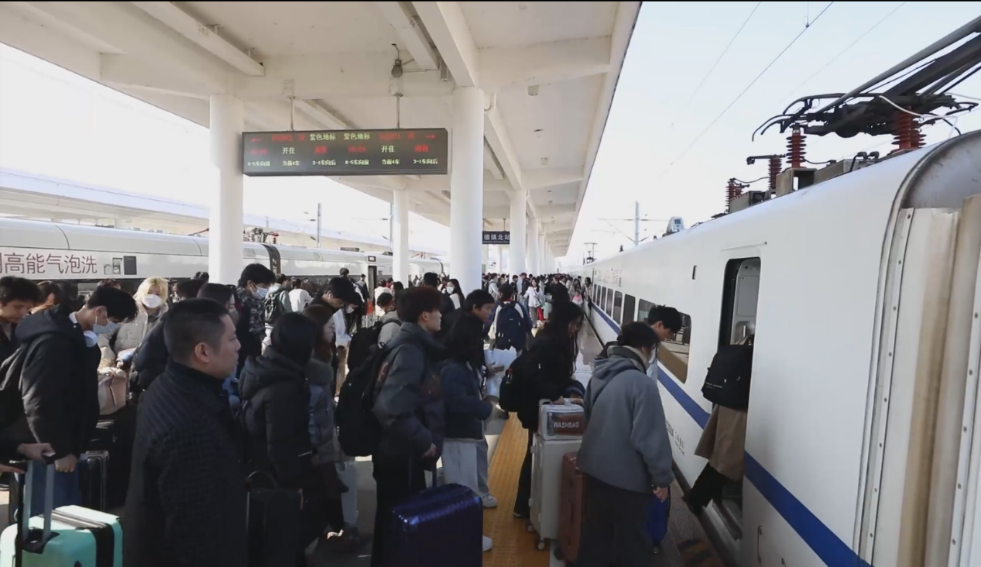
Passengers start to board a train at Jingdezhen North Railway Station in Jingdezhen, east China's Jiangxi Province. (Photo/Yu Qingqing)

Photo shows a road connecting Taixing village and Dehui city, northeast China's Jilin Province. (Photo/Liu Limin)
"The roads are better, wider and smoother," said a man surnamed Li who was driving home for the Spring Festival.
Li, hailing from Taixing village in Dehui city, Jilin Province in northeast China, began working for a company in the city after completing his university studies. The 35-kilometer road that connects the downtown area with Li's village used to be in poor condition, making Li's journey of over two hours quite uncomfortable.
In 2023, a new road was constructed in Li's village, significantly reducing his travel time. It now takes just over an hour for Li to reach home by car.
In 2023, Dehui city built and upgraded 1,031 kilometers of rural roads, connecting 18 townships, towns, and subdistricts.
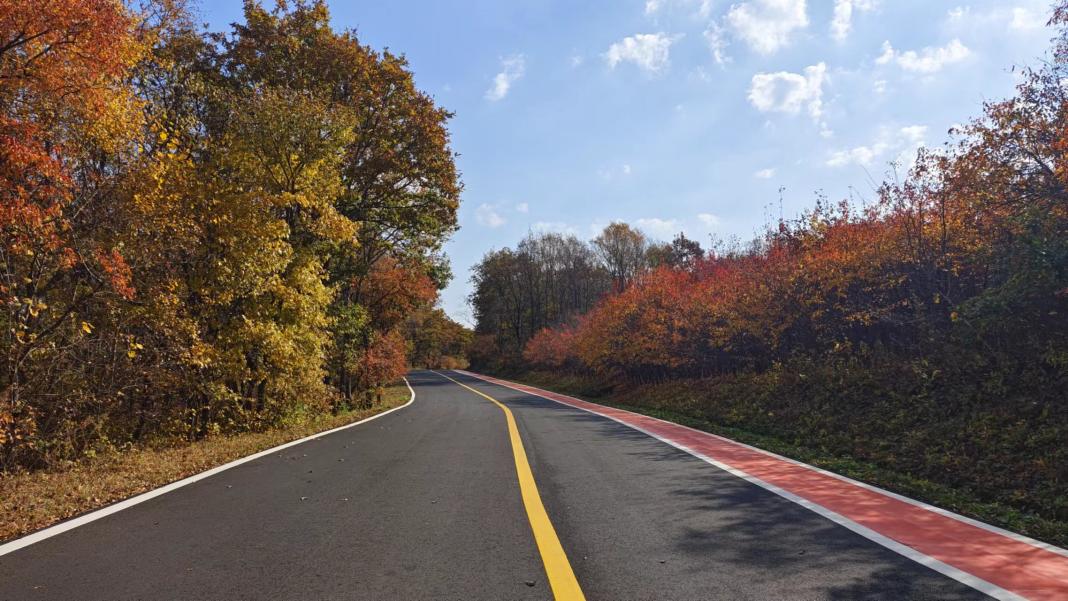
Photo shows a road in Changchun, northeast China's Jilin Province. (Photo/Hou Lei)
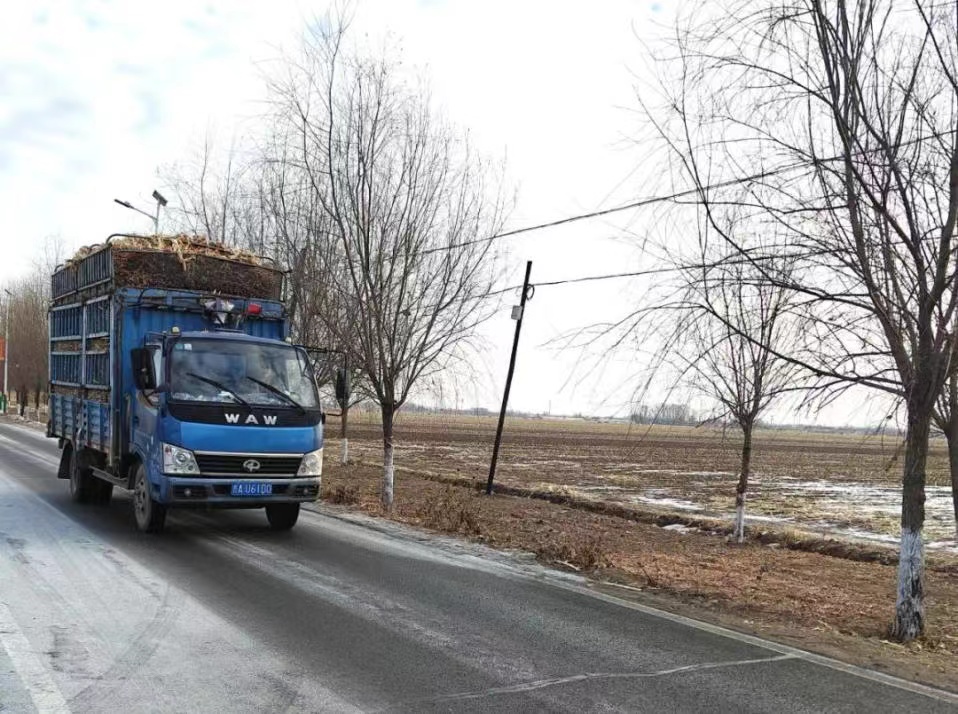
A van drives on a rural road in Gongzhuling city, a county-level city in Changchun, northeast China's Jilin Province. (Photo/Yang Xiaotian)
Statistics indicated that as of the end of 2023, the total length of rural roads had exceeded 4.7 million kilometers in China. These rural roads have played a crucial role in connecting various locations and overcoming geographical barriers. They have truly become monumental projects in China.
On Dec. 28, 2023, the Beijing-Xiong'an Expressway opened to traffic, reducing the driving time between Beijing's southwestern fifth ring road to Xiong'an New Area to an hour.
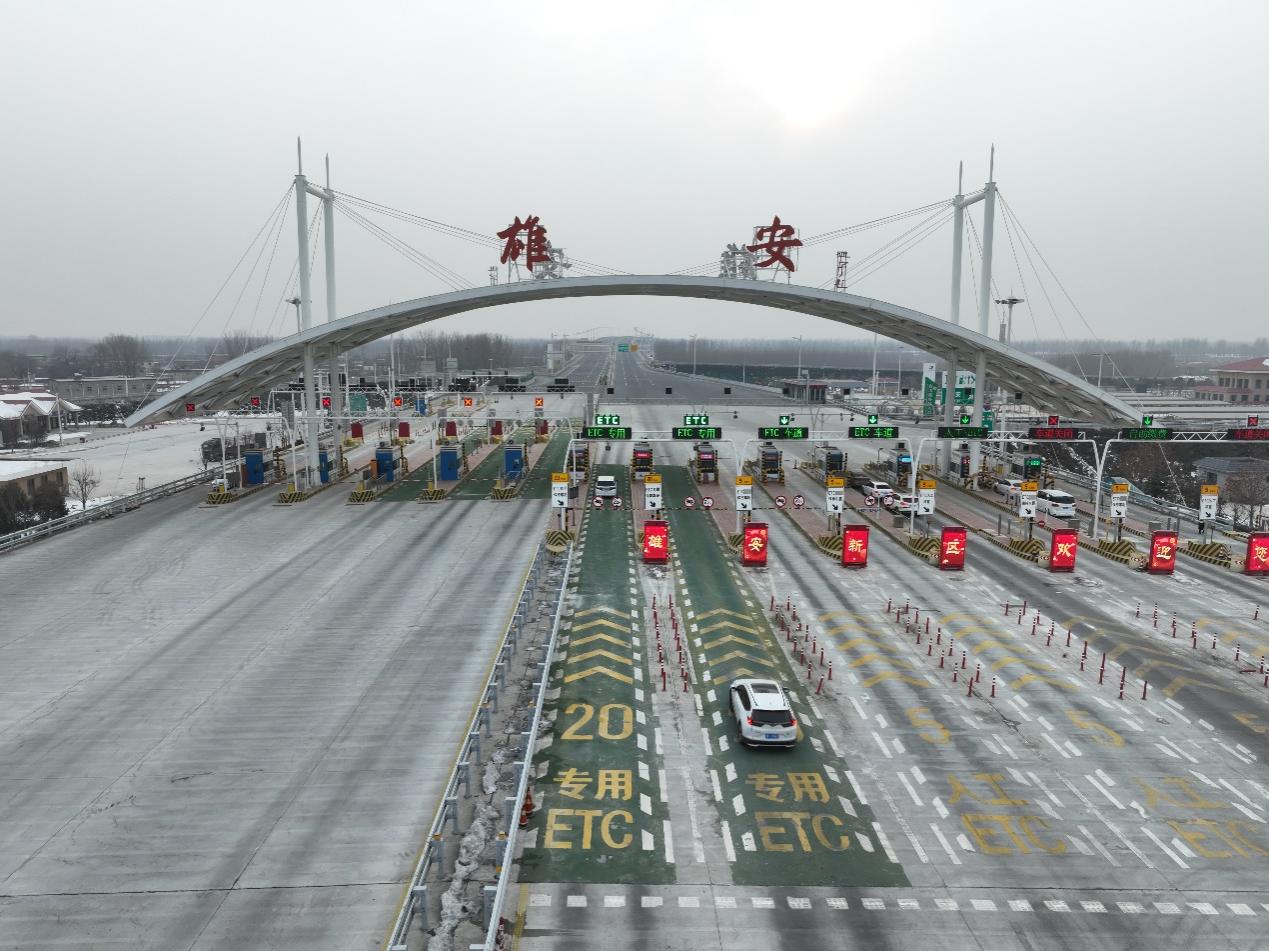
The Beijing-Xiong'an Expressway opens to traffic on Dec. 28, 2023. (People's Daily Online/Li Zhaomin)
Wang Ying, the assistant to the principal of Xiong'an Shijia Hutong Primary School in Xiong'an New Area, commutes home using the Beijing-Xiong'an Expressway. Being a native of Beijing, she began working in the Xiong'an New Area last August.
"Previously, I had to take a detour on my way home. But now, with the Beijing-Xiong'an Expressway fully operational, it only takes me a few minutes to reach the expressway. The expressway offers wider lanes, fewer cars, and street lights along the entire route, making it safe to drive even at night," said Wang.
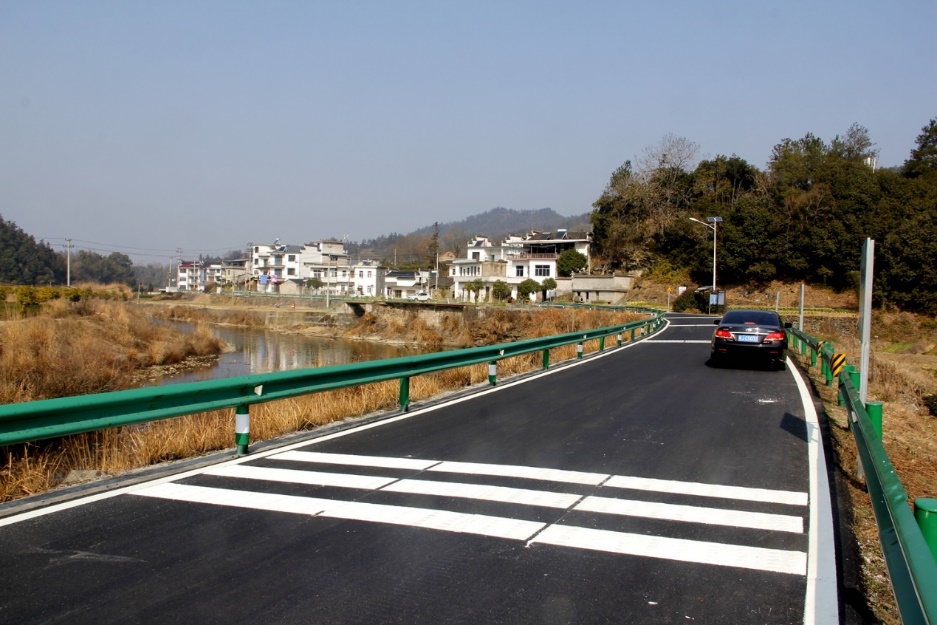
Photo shows a rural road in Xiuning county, east China's Anhui Province. (Photo/Cao Jilin)
Photos
Related Stories
Copyright © 2024 People's Daily Online. All Rights Reserved.






